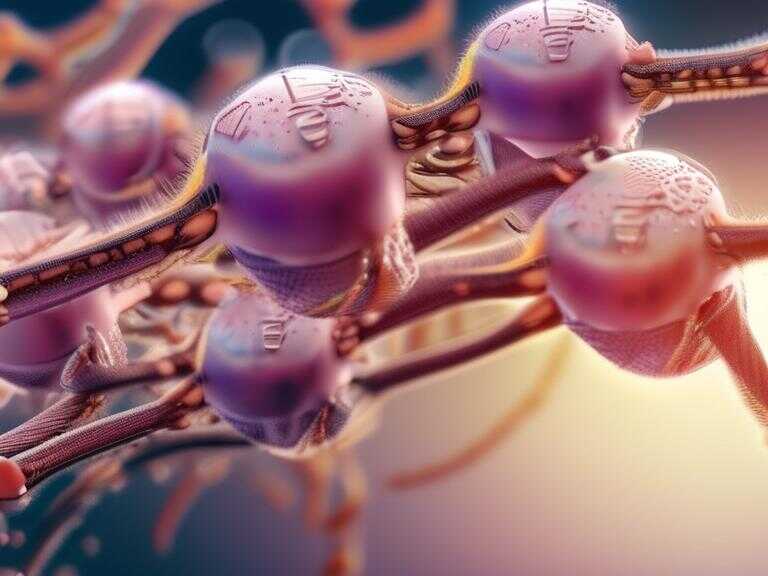
Lanthanides in Fertilizer Enhance Plant Resilience to UV Stress
Lanthanides in fertilizer enhance plant growth, resilience to UV stress, and chlorophyll function by replacing magnesium in the pigment.

Recent advancements in agricultural research are shedding light on innovative ways to enhance crop productivity and resilience. Among these, the exploration of lanthanide benefits in plant growth has garnered significant attention. Lanthanides, a group of rare earth elements commonly added to fertilizers as micronutrients, hold untapped potential for boosting agricultural output.
A groundbreaking study published in the Journal of the American Chemical Society unveils the intricate mechanisms by which lanthanides interact with plants and their impact on photosynthesis. Researchers from MIT conducted extensive experiments, revealing that a single nanoscale dose of lanthanides applied to seeds can significantly enhance the resilience of common crops to UV stress.
Unveiling the Mechanisms of Lanthanide Action
The study's findings demonstrate that different lanthanide elements play a crucial role in strengthening chlorophyll pigments by replacing the magnesium at their core. This process, known as chlorophyll re-greening, improves the efficiency of light absorption by chlorophyll, thereby boosting photosynthesis and ultimately leading to increased crop yield.
Prior research has indicated that low concentrations of lanthanides can promote plant growth, root elongation, hormone synthesis, and stress tolerance. However, higher doses can be detrimental to plant health, highlighting the importance of striking the right balance in lanthanide application.
The MIT researchers leveraged advanced seed coating and treatment technologies to investigate the interaction between chlorophyll and lanthanides both within and outside plants. This comprehensive approach provided valuable insights into the mechanisms underlying lanthanide-chlorophyll interactions.
Boosting Crop Resilience and Yield
The study's findings have far-reaching implications for agriculture. By enhancing chlorophyll function and promoting increased crop yield, lanthanides offer a promising avenue for improving crop resilience to environmental stresses such as UV radiation.
Furthermore, the research suggests that larger lanthanide elements, like lanthanum, are more effective at strengthening chlorophyll pigments than smaller ones. Lanthanum, often considered a low-value byproduct of rare earth element mining, could find renewed value in agriculture, diversifying the economics of rare earth elements and enhancing supply chain stability.
Towards Sustainable Agriculture
The MIT team's work underscores the potential of lanthanides to contribute to sustainable agricultural practices. By optimizing lanthanide application, farmers can enhance crop productivity while minimizing environmental impact. Seed treatments with lanthanides offer a complementary approach to existing agrochemicals, potentially reducing the reliance on toxic substances and mitigating microplastic pollution.
As climate change poses increasing challenges to global food security, innovative solutions like those explored in this study are crucial for ensuring sustainable agricultural practices and enhancing crop resilience in the face of extreme weather events.
Share news















